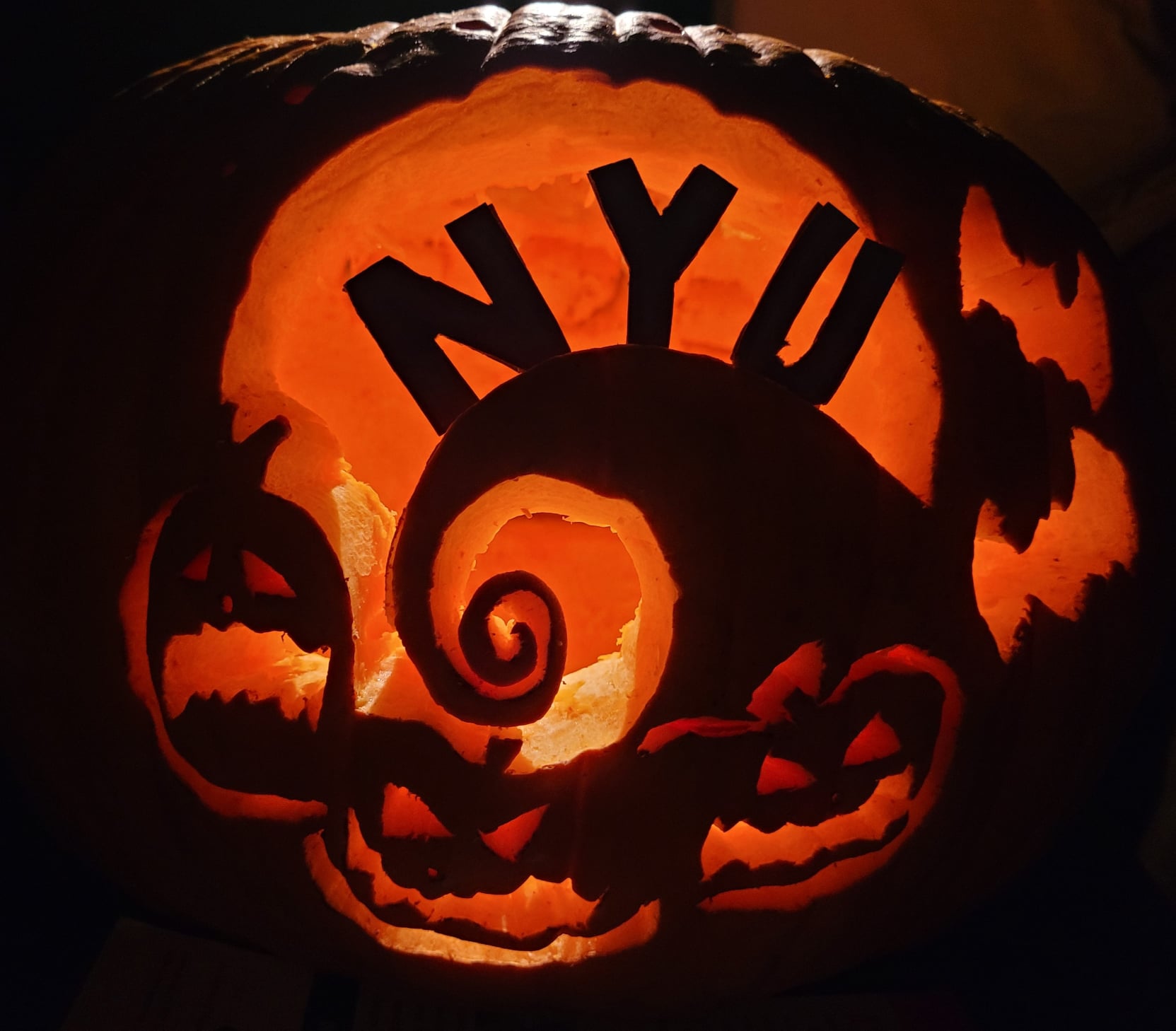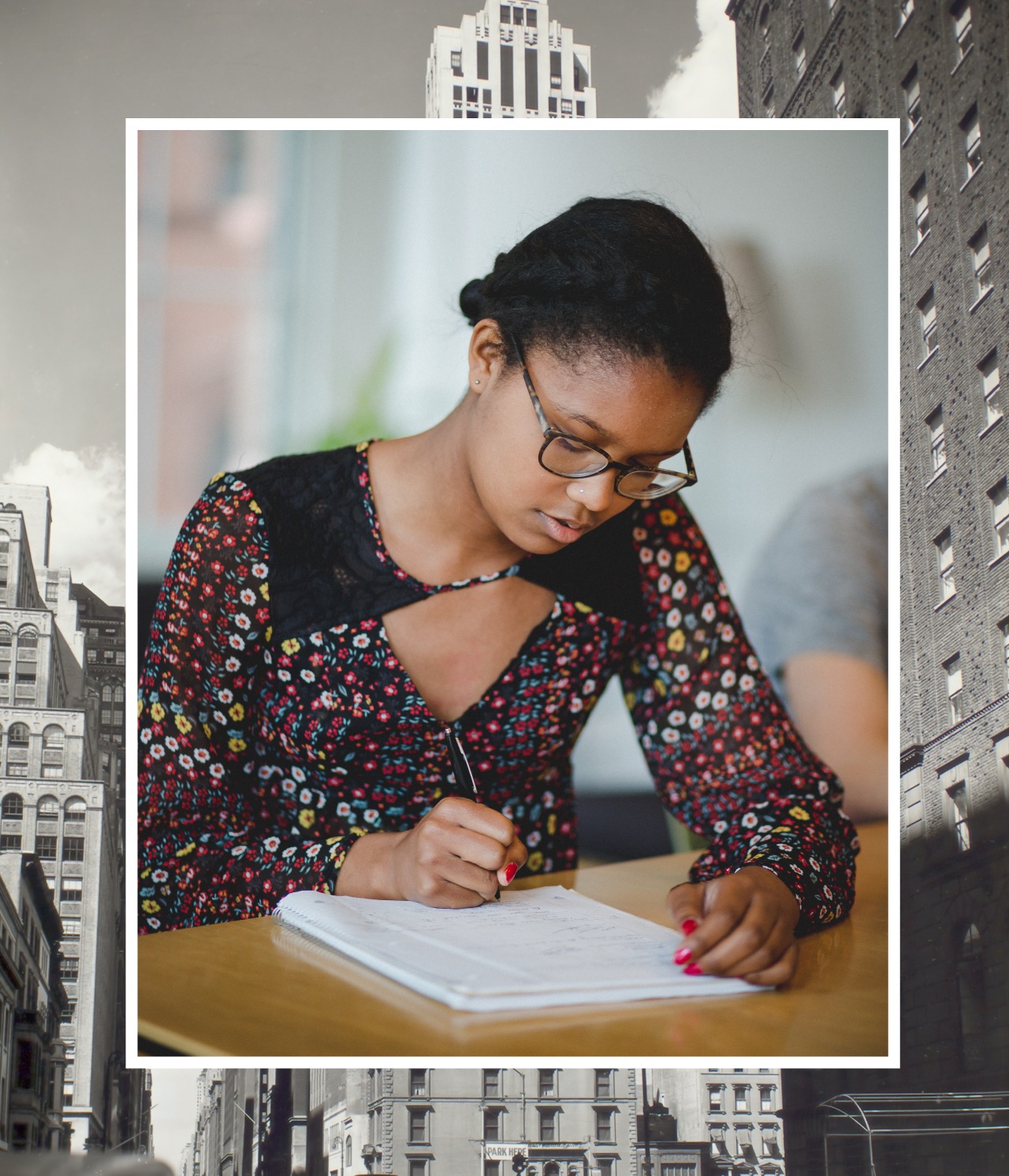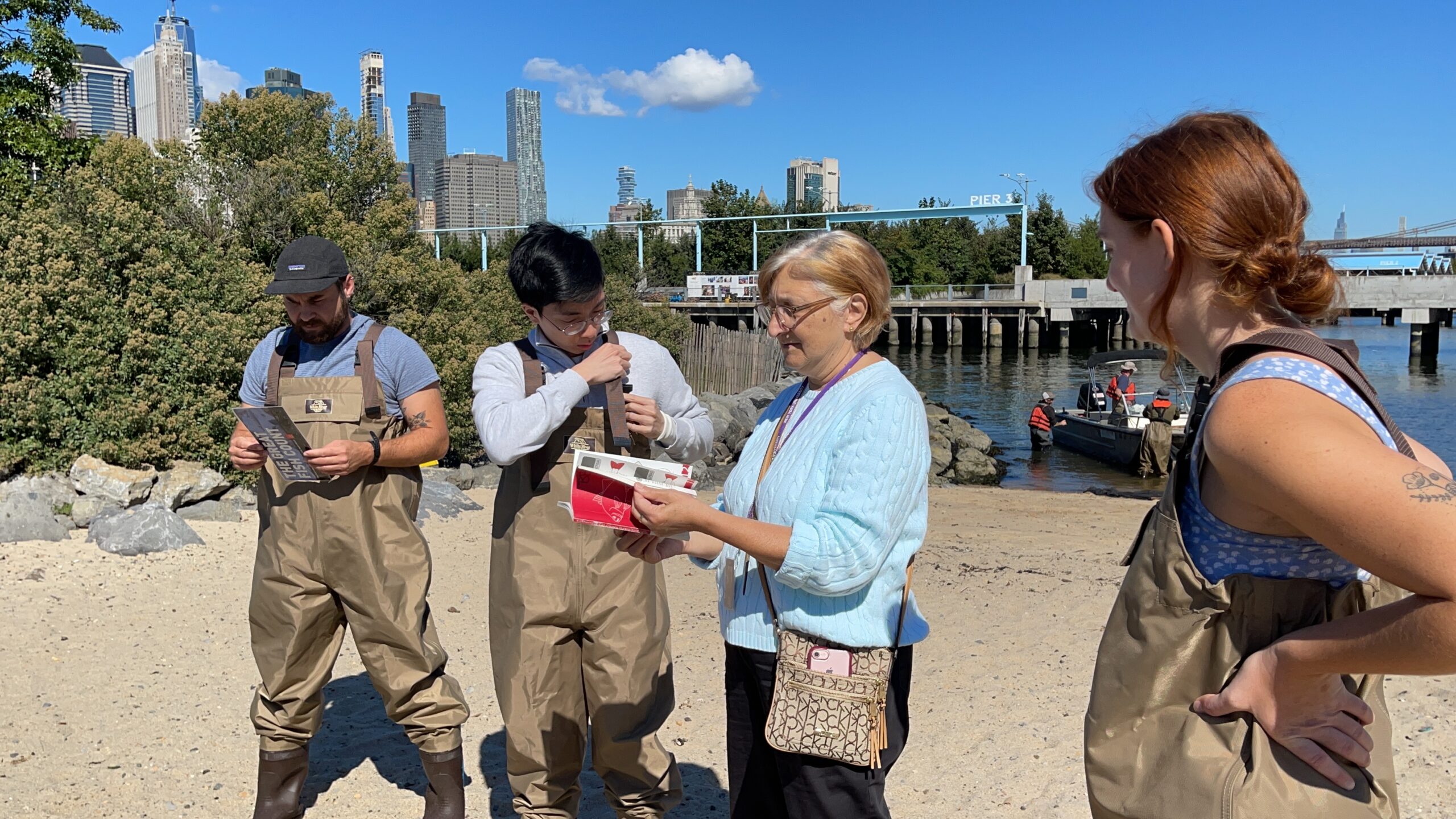When you study at NYU, you’re not just surrounded by the history of one of the most influential cities in the world. You’re studying and living inside of it. The buildings of NYU’s campuses in Greenwich Village and Downtown Brooklyn are full of stories that helped shape the city. And in turn, stories that helped shape the world as we know it.
You can learn a lot by exploring campus on your own, just by reading the signs and plaques on NYU buildings. But, the University also offers courses to help you dive deeper into New York City’s history.
“We look at the bigger questions. We look at urban development questions, real estate development questions, and we deal with the problems of today,” says Mosette Broderick, who teaches a New York City field studies course. Additionally, she’s an expert on New York City history. “In my class, we’re talking about the buildings but we’re also talking about bigger problems. It’s a launching pad for discussion and ideas.”
Broderick believes knowing and understanding what shaped the city and its buildings help her students become better stewards of New York, today and in the future. Regardless of what you’re studying, whether it’s real estate, urban planning, business, or the arts, you’ll learn countless lessons when you dive into the history of NYU’s buildings.
Interested in learning about a few of these buildings? Read on!
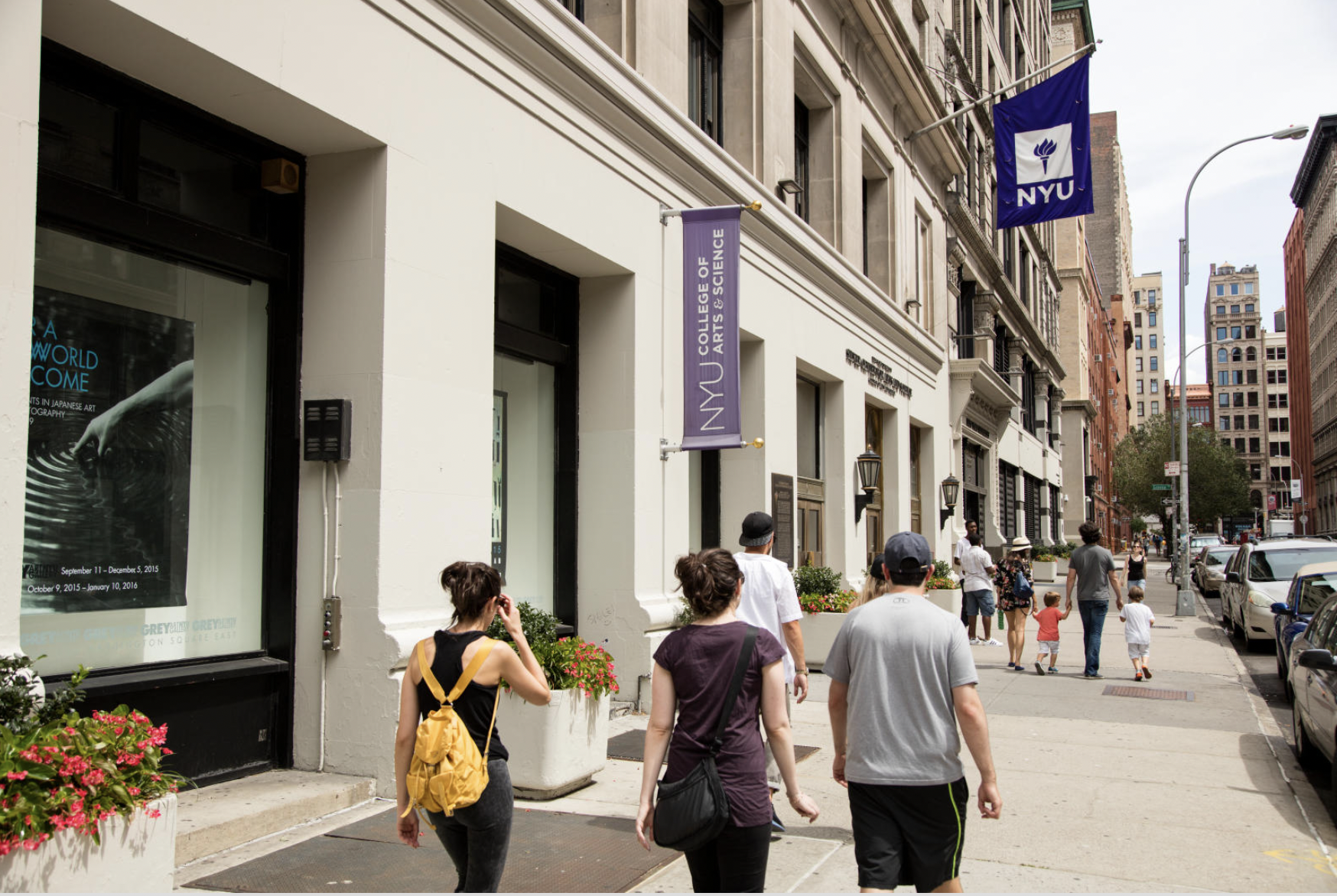
The Brown Building | 31 Washington Place
At the corner of Greene Street and Washington Place, NYU’s Brown Building is a hub for science. The NYU College of Arts and Science building contains classrooms, study spaces, and labs. But that’s not the extent of its identity. In 1911, the historic Triangle Shirtwaist Factory Fire broke out in the building, claiming the lives of 146 workers.
At the time, the buildings east of Washington Square Park made up New York City’s Garment District. Before they became part of the University, they were loft-style buildings. Here, people worked to sew and finish garments, shoes, and hats with feathers and ribbons. However, the workers—many of whom were young immigrant women—often worked in unsafe conditions.
The fire led to new laws that improved factory safety standards. Today, a stainless steel ribbon memorial with the names and ages of the fire’s victims wraps around the corner of the building. And the city remembers the tragedy as a catalyst to changing workplace safety.
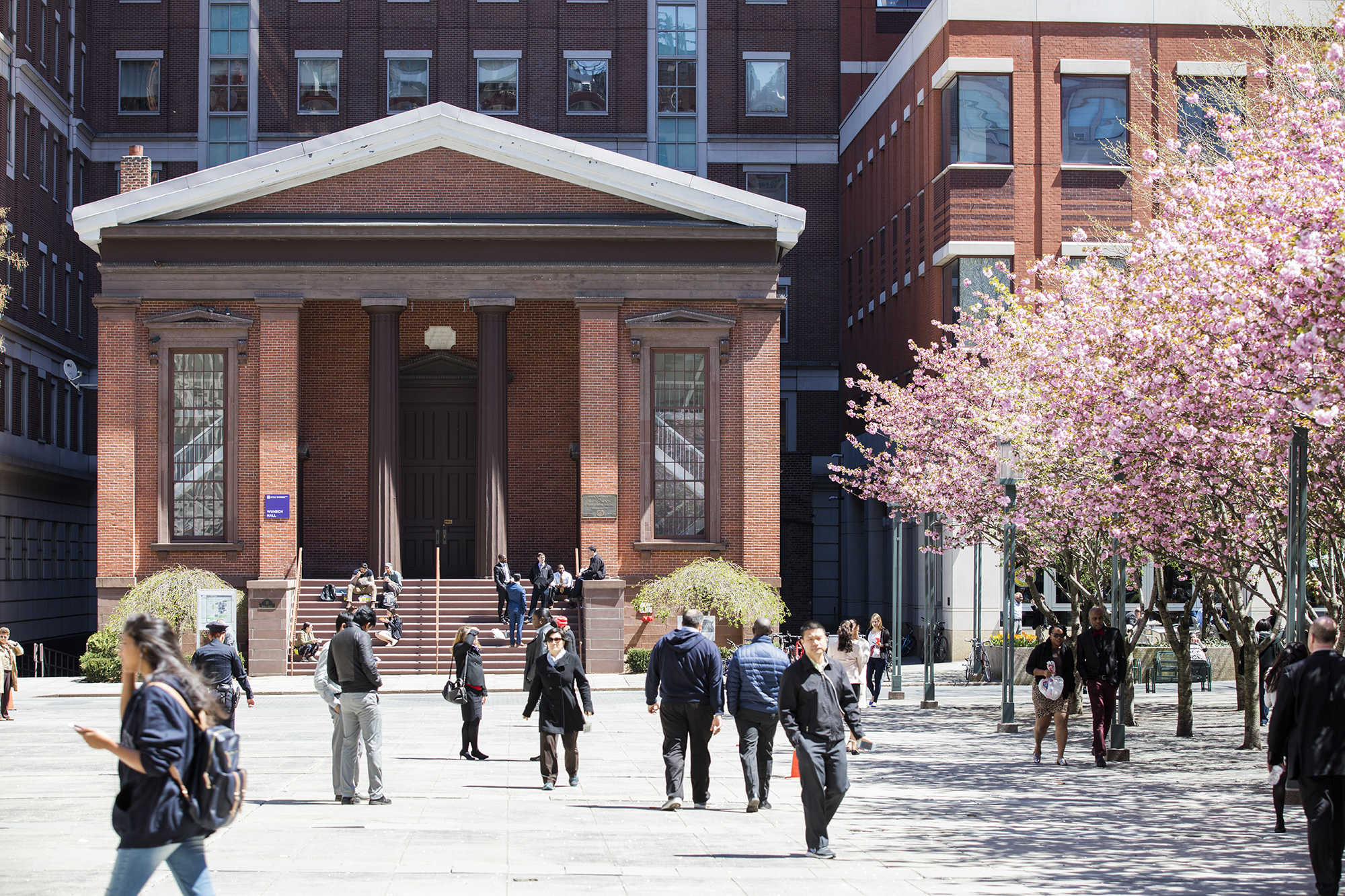
The Wunsch Building | 311 Bridge Street, Brooklyn
Today, NYU’s Wunsch Hall houses NYU Tandon School of Engineering offices and the Wasserman Center for Career Development. Once, however, it was once an African Wesleyan Methodist Episcopal Church and a center for abolitionist activity. Before and during the Civil War it’s believed that members of the congregation turned the Brooklyn building into a station on the Underground Railroad. So, escapees sheltered in the building’s basement. What’s more, historians believe tunnels connected the building to the home of prominent abolitionists Thomas and Harriet Truesdell.
On January 1, 1863, when President Lincoln signed the Emancipation Proclamation, the church remained open around the clock to celebrate. In the years that followed, important figures including Frederick Douglass and Harriet Tubman traveled to speak there. And in 1981, the National Park Service listed the Wunsch Building on its National Register of Historic Places.

The Row | Washington Square North
The historic row of Greek Revival townhouses that line the street along Washington Square North are known as simply “The Row.” Upon their completion in 1833, “they established Washington Square as one of the most elegant residential addresses in New York City,” writes Broderick in her new book Fifth Avenue: Architecture and Society: History of America’s Street of Dreams. Today, The Row is home to the NYU Silver School of Social Work and NYU administrative offices.
Like much of Greenwich Village in the early 20th century, The Row was home to artists and writers. Perhaps the most famous of The Row’s residents was painter Edward Hopper. Hopper and his wife Josephine lived and painted on the 4th floor of Three Washington Square North. He credited the view from his window as inspiration for his memorable urban paintings of New York City. NYU preserved the studio so when students and faculty meet in the space, artifacts of Hopper’s life surround them—the easel he painted on, the stand for his models, and the press for his etchings.
